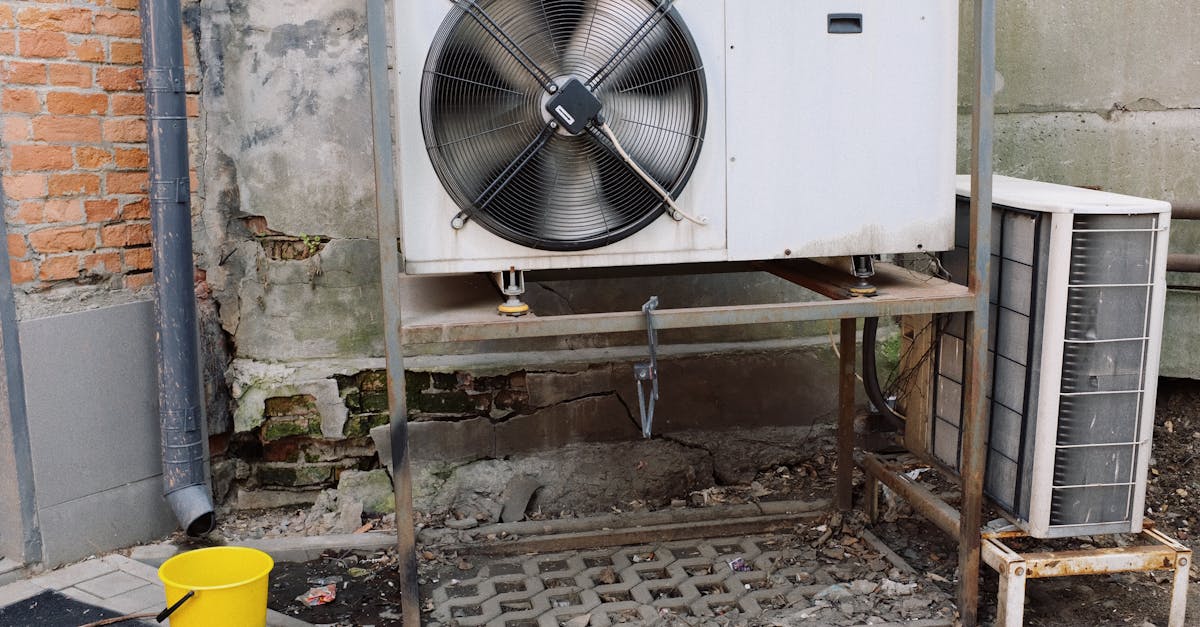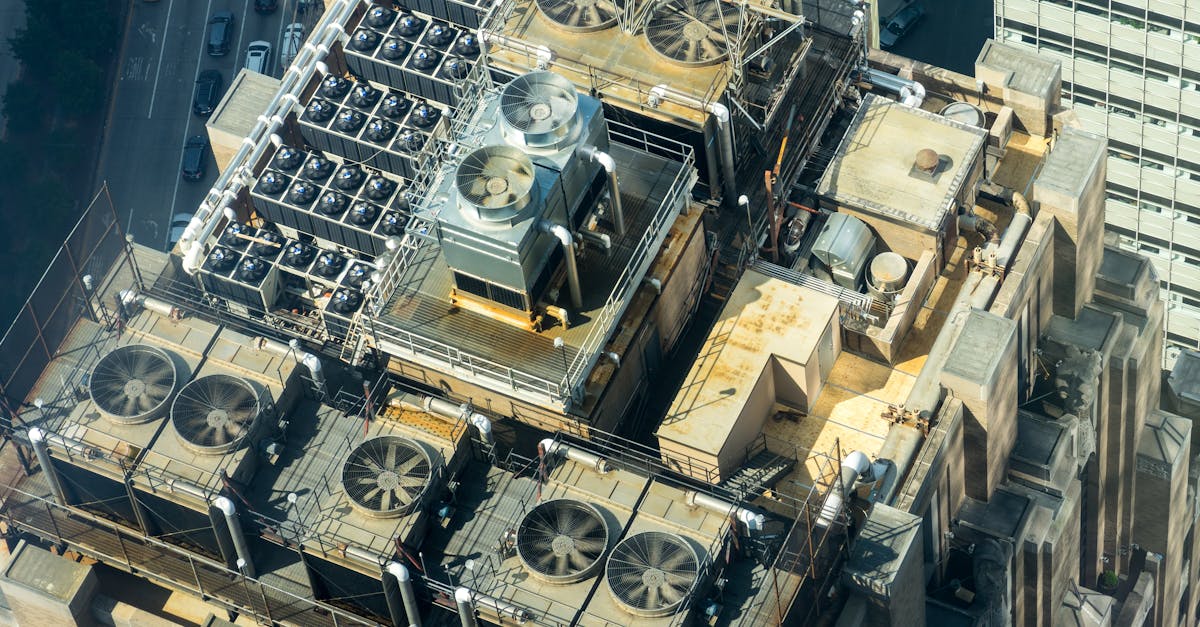
Professional vs. DIY Installation
When considering the installation of a ventilation system, homeowners often face the decision between hiring professionals and attempting a DIY approach. Professional installation typically guarantees a higher level of expertise, ensuring that all components are properly set up according to industry standards. This can be particularly important for more complex systems where improper installation might lead to inefficiencies or even safety hazards. Additionally, professionals usually offer warranties on their work, providing peace of mind that any issues occurring post-installation can be addressed without extra costs.
On the other hand, DIY installation can be appealing for those looking to save money and take on a hands-on project. With the plethora of online resources and guides available, homeowners might find it feasible to tackle basic installations independently. However, this route may carry risks, particularly if the installer lacks experience or thorough understanding of HVAC systems. In the long run, failure to install the system correctly may require costly Ventilation System Installation and Repair services to rectify mistakes made during the DIY process.
Pros and Cons of Each Approach
When considering the installation of a ventilation system, homeowners often face the decision between professional installation and a DIY approach. Engaging professionals typically ensures that the work is done correctly and meets local building codes. Skilled technicians bring experience and knowledge to the table, which can lead to improved efficiency and performance of the system. However, the costs associated with hiring experts can be significantly higher than undertaking the project independently. This expense might deter homeowners looking for budget-friendly options.
On the other hand, a DIY installation can provide a sense of accomplishment and save money on labor costs. Homeowners who are handy and willing to invest time in learning can successfully complete the project. However, there is a risk of insufficient installation, which could lead to complications down the line. Problems that arise later could require professional intervention, particularly for Ventilation System Installation and Repair, negating initial savings. Careful consideration of skills, time, and potential future costs is essential when making this decision.
Energy Efficiency and LongTerm Savings
A well-installed ventilation system contributes significantly to the overall energy efficiency of a home. By promoting proper air circulation, these systems help maintain consistent indoor temperatures, reducing the reliance on heating and cooling systems. This can lead to lower energy bills over time, especially in regions with extreme weather conditions. Homeowners often find that an upfront investment in ventilation system installation and repair pays off in reduced utility costs and improved comfort.
In addition to decreasing energy expenses, a quality ventilation system enhances indoor air quality. Improved airflow helps eliminate moisture and pollutants, which can lead to health issues if not properly managed. As energy-efficient homes become more desirable, the returns on investment from proper ventilation become evident. Regular maintenance and timely repairs can further extend the life of ventilation systems, reinforcing the long-term savings that come with mindful energy management.
How Ventilation Systems Impact Energy Bills
Ventilation systems play a pivotal role in regulating indoor air quality and maintaining a comfortable environment in homes. By enhancing airflow, these systems can reduce reliance on heating and cooling systems, leading to lower energy consumption. A well-installed ventilation system ensures that fresh air flows through the living spaces, potentially decreasing the cost associated with heating or cooling the same stale air repeatedly. This can result in significant savings on energy bills over time.
While the initial costs of ventilation system installation may seem high, the long-term benefits can outweigh these expenses. Improved energy efficiency often translates into a reduced carbon footprint and a healthier living environment. Furthermore, regular ventilation system maintenance, including repairs, contributes to sustained efficiency. Homeowners who invest in quality Ventilation System Installation and Repair are likely to see a measurable impact on their monthly energy expenses, making it a wise choice for both comfort and savings.
Permits and Regulations
When considering the installation of a ventilation system, understanding local building codes and regulations is essential. Many municipalities enforce specific guidelines to ensure safety and efficiency in home improvement projects. Before beginning any work, homeowners should research the required permits and familiarize themselves with the relevant regulations to avoid fines or necessitated changes later.
In some cases, local authorities may require a licensed contractor for Ventilation System Installation and Repair to ensure compliance with safety standards. This can add an additional layer of cost but may be essential for passing building inspections. Being proactive in addressing these requirements can facilitate a smoother installation process and ultimately enhance the performance of the ventilation system in the home.
Understanding Local Building Codes
Local building codes govern various aspects of construction and renovation, including Ventilation System Installation and Repair. These regulations ensure that systems are installed safely and efficiently, promoting air quality and energy efficiency within homes. Homeowners should familiarize themselves with the specific codes applicable in their area, as they can vary significantly from one municipality to another. Ignoring these requirements may lead to costly fines or the need for costly retrofitting down the line.
In many cases, local codes dictate the types of materials that can be used, the design specifications for ventilation systems, and even the dimensions of ductwork. Consulting with local authorities or a qualified contractor can help clarify these regulations. Ensuring compliance not only protects residents but also can improve the overall efficacy of the ventilation system, ultimately contributing to longer-term satisfaction and comfort in the living environment.
FAQS
What factors influence the cost of installing a ventilation system in a house?
Several factors can influence the cost, including the type of ventilation system chosen (e.g., whole-house ventilation vs. localized systems), the size of the home, labor costs in your area, and any necessary modifications to the existing infrastructure.
Is it cheaper to install a ventilation system myself or hire a professional?
While DIY installation may save on labor costs, it can lead to higher expenses if mistakes are made or if the system requires adjustments. Hiring a professional might have a higher upfront cost but can ensure proper installation and compliance with local codes.
How can a ventilation system lead to energy savings in the long run?
A well-installed ventilation system can improve indoor air quality and reduce the need for heating or cooling, which can lower energy bills. Additionally, certain systems are designed to recover heat, further enhancing energy efficiency.
Are there any permits required for installing a ventilation system?
Yes, many localities require permits for installing ventilation systems to ensure compliance with building codes and safety regulations. It's important to check with your local building authority before proceeding with installation.
Can the type of ventilation system affect my home’s resale value?
Yes, a properly installed and efficient ventilation system can enhance your home's appeal to potential buyers, as it improves indoor air quality and energy efficiency. This can help increase the overall resale value of the property.
